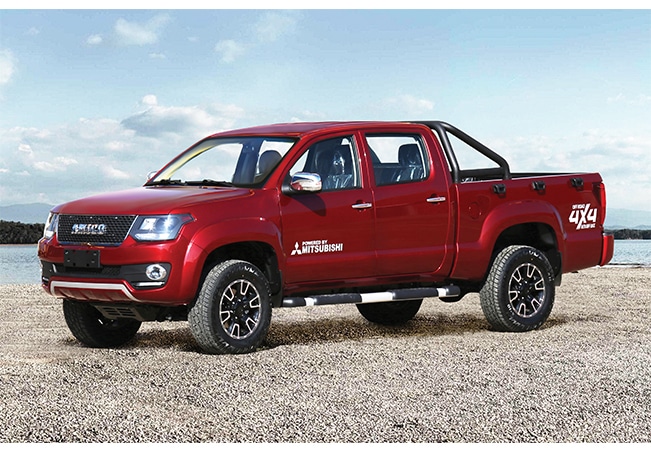Chinese cars have been available in Iran since the mid-2000s. While it is not among the country’s biggest export markets, but as the 19th biggest automobile industry in the world, it is worth examining.

Since Donald Trump renewed sanctions against Iran in 2018 the country’s automotive industry has been shunned by Western countries. Previously car makers such as Peugeot, Renault, Volkswagen and Hyundai announced joint ventures, the biggest parts makers, including Bosch and Continental flocked to the country to find local partners. But in the last four years all of these deals have been dismantled. Still, Iranian car makers produced 894,298 vehicles in 2021 according to OICA (which is actually much lower than the actual volume – see below), which puts the country above Italy, South Africa and Poland in terms of volume.
Recently Iran made headlines when Russians visited the country, trying to understand how to cope with crippling international sanctions.
Here we take a detailed look at the local auto industry, especially the role of Chinese companies.

The Iranian Auto Industry
How big is the Iranian market? As stated above OICA puts it around the 900,000 mark, but in reality it is closer to 1.1 million. The problem is that some of the local companies remain tight-lipped about their production and most of the sources are only available in Farsi. However some fairly reliable local sources quoted 1.1 million, which makes Iran the biggest market in the Middle East. Truth of the matter is that most of the “new” cars are actually quite old – Iran was the last country in the world where up until recently you could buy a brand new Kia Pride, the subcompact hatchback which was originally available in South Korea from 1987 to 2000! While the Pride is gone, you can still buy a brand new Peugeot 405 or even a Nissan Junior pickup truck which has been out of production in Japan since 1982!
The market is dominated by two state-owned companies, Iran Khodro and SAIPA. Both were set up in the 1960s and were teamed up with international partners. Their history mirrors the country’s story as they were forced to change partners, had troubles setting up joint ventures and still can’t get access to the latest technology. Their current problems include crippling debt, an outdated model lineup and there are management issues as well.
Iran Khodro (IKCO) heavily relies on models which originates from Peugeot, such as the 206/207, the 405, the 405-based Pars, the 405-derived Samand and Dena. These are mostly sedans. For a while there was a JV with Peugeot for the local assembly of the Peugeot 2008, but that was dismantled after the latest round of sanctions have arrived. Recently IKCO first introduced a sedan, based around Peugeot 301 components, followed by a brand new crossover, which follows closely the lines of the 2008.
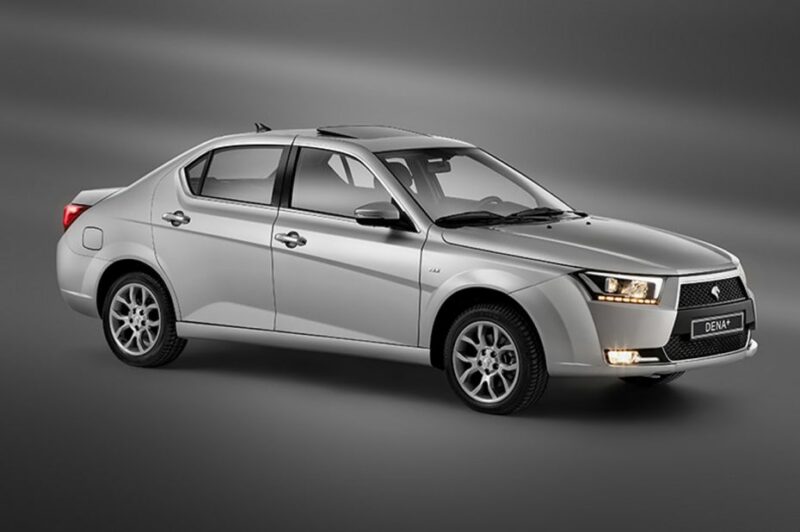
On the other hand the besteller of SAIPA which was forced to stop production of the Pride in 2000 due to safety concerns is the Quick, which is still based on the Pride!
There was also a trickle of imports in the late 2010s, but due to currency shortages these have been banned. While these restrictions have recently been lifted and it is hoped that new car imports may restart later this year, CBU imports are just a blip on the Iranian horizon.
Against this backdrop, let’s see who’s doing what with Chinese companies. Sometimes it is a bit difficult to untangle the origins of an Iranian car, as most of these models are sold via some kind of badge engineering. Companies like BAIC and DongFeng serve more than one Iranian companies through their subsidiaries.
Iran Khodro
Iran Khodro owns a string of manufacturing plants in Iran. Their commercial vehicle subsidiary, Iran Khodro has teamed up with Foton for the production of trucks. Additionally the Tunland pickup and View minibus are being assembled in very small quantity. Much more succesful is the partnership with Haima – the company’s biggest plant outside Tehran is located in Mashhad, Khorasan province, where 23,000 units of the Haima S7 and S5 were assembled last year. Recently the Haima S8 has also been introduced for the local market and its sales will be launched later this year.
While IKCO currently works with Foton and Haima, it also had other partners before. Once it tried to get into the Chinese market. In the late 2000s, it teamed up with a local dealer, Sanabad Khodro Toos for the local assembly of Chery, but this remained a very short-lived project. A few years ago IKCO launched the assembly of the Dongfeng A30, but it stopped in 2020.
SAIPA
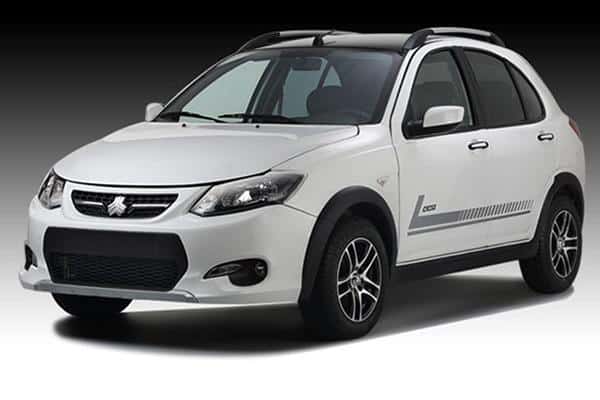
SAIPA is working with Chinese companies through its subsidiaries, Pars Khodro and Zamyad. Tehran-based Pars Khodro was once a proud partner of Renault, offering the Logan with a slightly reworked front as the Tondar (Thunder) and also the Sandero. While the Renault deal went out the window, their more recent endeavour with China Brilliance is still ongoing. In 2021 about 5300 units of the H230 sedan has been assembled in China. Pars Khodro was the first to work with Dongfeng Nissan on the Iranian assembly of the Rich pickup in the 2010s. Later these operations have been transferred to the group’s pick-up specialist company, Zamyad.
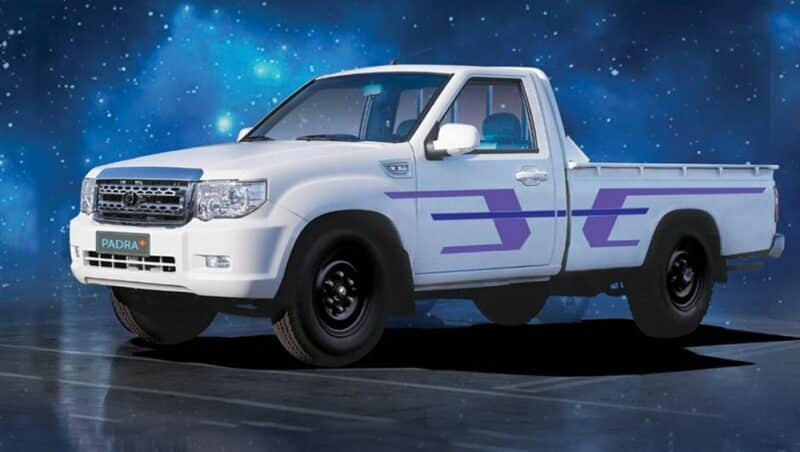
The main product of Zamyad is the Z24, which is the late 1970s Nissan Junior pickup with a more modern engine. The Rich is no longer assembled by them as Zamyad is more involved with Nanhai Foday. Offering one of their pickups under the name Padra. And in July this year a new version of the Padra emerged. Called the Karoon it is said to be a combination of a Nissan Junior engine and running gear with a more modern body from Foday!
Kerman Motor Industries

Kerman Motor is usually being referred to as “privately owned”. In Iran this does not mean that a few businessmen got together and invested in a manufacturing plant. In Iran there are over 100 Bonyads, charitable trusts which are tax-exempt and are heavily affiliated with religious leaders. One of these bonyads, Mol-Al Mohavedin set up Kerman Automotive Industries in the city of Bam, 200 km from Kerman in 1990.
At first Kerman made a deal with Daewoo on the local assembly of the Matiz and Cielo. When Daewoo went belly-up the next best thing was to offr a copy of the Daewoo Matiz – so Chery entered the picture in the early 2000s. A new joint venture, Modiran Vehicle Manufacturing (MVM) was set up exactly 20 years ago, utilising part of the Bam factory.
In 2021 MVM produced almost 60,000 Chery models. Its current lineup includes the following
models:
- X33, aka Tiggo3
- X22, aka Tiggo 3x
- X55, aka Tiggo5X
- 315, aka A13 or Fulwin2
- plus Chery badged models, the Arrizo6, Tiggo7.
Just like in China, Chery was not happy with just two brands (Chery and MVM). So in 2022 a third brand was introduced in Iran: Fownix (Phoenix). It offers the Tiggo7 Pro, the Tiggo8 and has plans to add the Omoda 5 later this year.
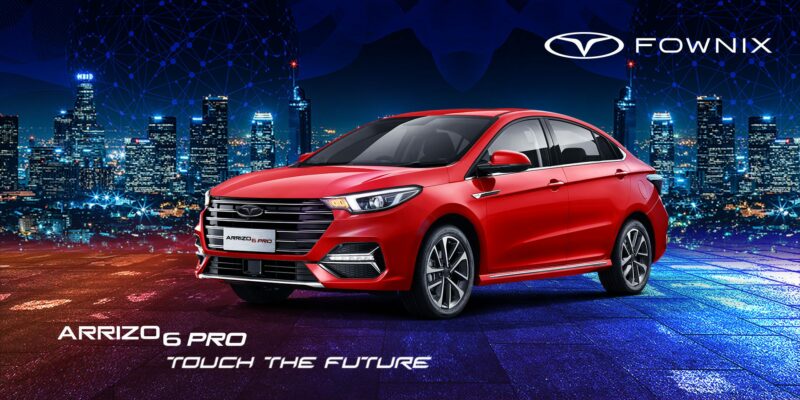
Chery is not the only Chinese partner of Kerman Motor. Since 2014 it is also working with Anhui Jianghuai. Last year over 22,000 units have been assembled of the S3 and S5 crossover and the J4 sedans. In an even more significant move, Kerman Motor took over the production line of the J4 sedan this year and it seems they are planning to turn it into an EV. Recently the J7 sedan was unveiled, which will be sold as the KMC J7 locally.
There are two other, smaller subsidiaries, occupying small parts of the Bam factory. Karmania works with Byd, but volumes are minimal, while Rigan Khodro assembled a few hundred Zotye Coupa T210 models in 2021.
Bahman
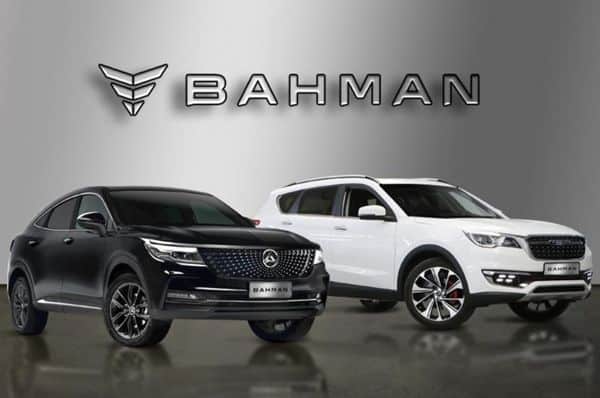
Controlled by the Islamic Revolutionary Guards Corps, a military organisation, Bahman Motor enjoyed healthy relations with Mazda for many years. However with the latest round of sanctions the Japanese took a step back, which forced Bahman to find new partners.
Bahman has been working with Zhongxing since the early 2010s and offered the Grand Tiger pickup as the Capra. However Bahman is doing much more business with DongFeng nowadays. It offers one of its crossovers under the Dignity moniker (originally Dongfeng Fengguang ix5) and the Inroads minivan (originally Sokon C35). It seems Bahman has also talked to Chery as its Fidelity is a Jetour X70S with a different badge and Iranian media has also mentioned the Respect sedan aka Chery Arrizo7. While the crossovers have been plastered across Tehran in big billboards, the Respect has not gone on sale yet.
Other companies
When Chinese presence on the Iranian market is considered hype needs to be separated from actual sales. There are companies which show a Chinese car, promise deliveries, which never happen. So the following list contains the most credible projects:
Diar Khodro is a small company from the city of Golpayegan. It was established in 1999 and its first partner was Great Wall. By the 2010s the company ran out of steam and its production licence has expired in 2016. But it bounced back and lined up a second partner, BAIC. According to local reports production has been ramped up since this Spring with the Great Wall Wingle pickup and the BAIC Senova X25 being the main offerings.
Safe Khodro is the former distributor of Subaru cars in Iran. In late 2016 the company scooped up the assets of Morattab Khodro, one of the oldest automotive companies in Iran which used to assemble Land Rover cars for the military and to a small degree to the civilian market as well. The Morattab Khodro plant is used today for the assembly of the SWM G01, a crossover from Brilliance Shineray. About 4000 units are claimed to be the production figure for 2021.
AMICO is a commercial vehicle specialist which ventured into the light commercial market with the Huanghai H2 pickup truck, which is sold as the AMICO Asena on the Iranian market. About 1200 units were assembled last year.
Azim Khodro is a car dealer, which has taken over the facilities of Zagross Khodro, a former assembly plant. It is working with Hanteng Autos and offers the SKD-assembled X7 and X5 crossovers.
Farda Motors is proudly stating its independence, but the main product of the Senman factory is the IKCO Pars! For years Farda Motors has been promising to bring two products from Dongfeng’s Forthing sub-brands to the Iranian market: the SX5 and T5 crossovers. In July, 2022 Farda announced that it has opened a second plant for the assembly of the Chinese models.
Mammut Khodro belongs to a huge industrial complex. Its biggest claim to fame was its partnership with Volkswagen, which the new sanctions blew up. The company is trying to find new partners. At the Tehran Motor Show in June, one of its subsidiaries presented the BAIC Ruixing X5 as the Tiara crossover. Local assembly has just commenced.

At the moment the Iranian market is in a state of suspense. Everybody is hopeful that sanctions will be lifted. The head of Kerman Motor recently said in an interview that they have a deal with Hyundai ready and it will be signed as soon as circumstances change. In the meantime the Iranian government is trying to figure out what to do with IKCO and SAIPA.
Chinese companies, with the exception of Chery, are used mostly as band-aid to plaster the deficiency of the market. Whether it will change is a question nobody can answer at the moment.

If you are interested in English-language news on the Iranian market, you can find more information in the weekly Ceauto Headlines Middle East Newsletter. You can download a sample here.
No related articles available.
